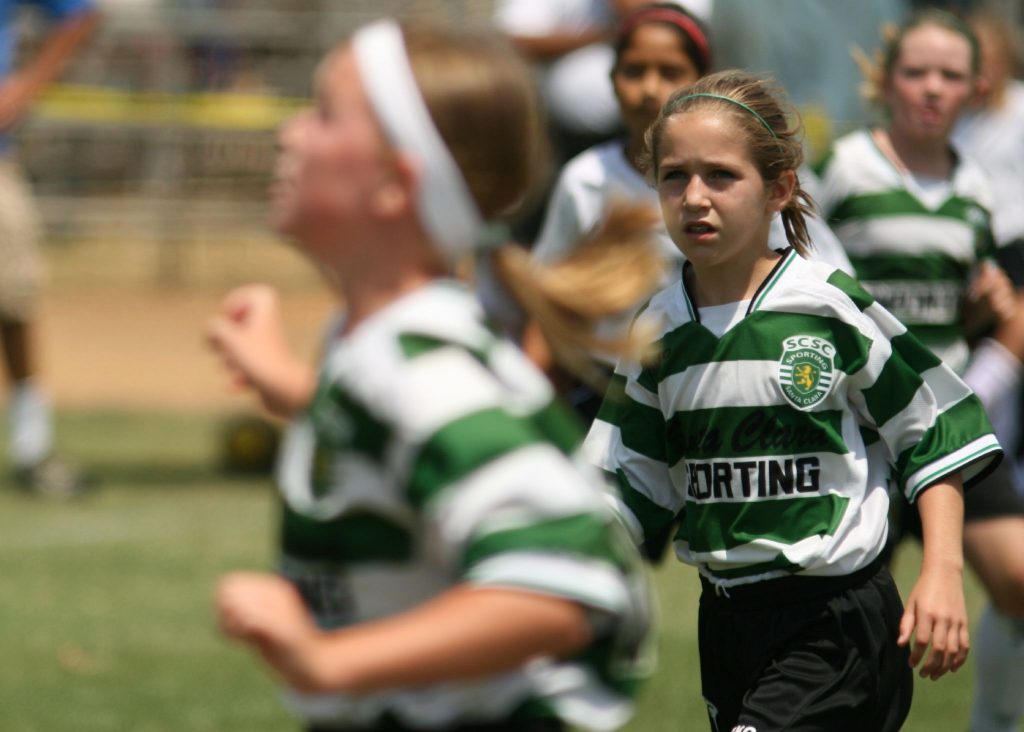
“Who is your favorite male athlete?”
“How do you balance your career with raising a family?”
“Can you give us a twirl?”
These are just a few of the many sex-based questions professional female athletes are asked in interviews. In 2015, the #CoverTheAthelete movement became popular by highlighting the difference in how male and female athletes were covered in interviews and the news.
I believe that interview questions are just one example of the way in which female athletes are treated differently than their male counterparts. Gender inequality still exists in sports and has permeated the culture in such a way that female athletes cannot win.
The foremost debated argument around the topic of gender inequality in sports is the wage gap that exists between male and female sporting events. It is fairly easy to show that there is a difference in the payment for male and female athletes.
In 2015, the total payout for men competing in the World Cup was almost 40 times as much as the women’s payout.
The Women’s National Basketball Association (WNBA) had a 2018 salary cap of $110,000 while the National Basketball Association (NBA) minimum salary was $582,186.
In the Association of Tennis Professionals (ATP) and and Women’s Tennis Association (WTA) the median pay gap between a woman in the top 100 and the man of her same rank is $120,624
Women in the Ladies Professional Golf Association (LPGA) earn about 80 per cent less for each shot than men in the Professional Golfers’ Association (PGA).
While it is clear that women are paid less than men, the debate among inequality in payment has shifted to discuss revenue.
The statistics provided above are explained by recognizing that organizations such as the WNBA and WTA simply do not pull in as much revenue as their male counterparts – this is true.
In 2014, the ATP’s revenue was $37.4 million more than the WTA.
Conservative figures estimate that the WBNA makes around $50-$60 million each year in revenue while the NBA makes almost $6 billion in revenue each year.
In 2013, the PGA brought in a little over $1 billion in revenue while the LPGA earned almost $103 million in revenue.
U.S. women’s soccer has traditionally earned less revenue than U.S. men’s soccer. However, the U.S. women’s league has actually produced more revenue in some years compared to the men’s which has resulted in greater strides toward pay equality.
Arguments for the pay inequality between men and women are traditionally explained through the disparity in revenue. Some advocate that pay be based on revenue and since men consistently bring in more revenue they should be paid more.
While a revenue-based pay argument might be a way to mitigate the issue of wage gap I believe that we must take into consideration the double bind which a revenue-based pay scale places on women.
The revenue-based pay scale tells women that they must bring in more revenue –through sponsorships, ratings, broadcasting time etc. – in order to earn more money. However, women’s sports are viewed as not being as entertaining as men’s and thus, less people view or care about them.
This creates an endless cycle in which women are told they need to bring in more viewership in order to make more money yet they are also told that their sport is not as entertaining to watch and therefore don’t make as much.
While it does not feel fair that women make more than men if they are not bringing in as much revenue, we must realize that women are trapped in this cycle in which it seems almost impossible for them to generate more revenue.
The issue of gender inequality in sports is greater than the pay difference between men’s and women’s teams. The pay gap is part of the issue but inequality is a greater structural issue than pay difference.
Women’s professional sports teams are viewed as worse than men’s teams and not as fun to watch. This societal stigma creates an endless cycle in which women have trouble creating more revenue and thus are paid because of the way society views their sport – something that women cannot control.
